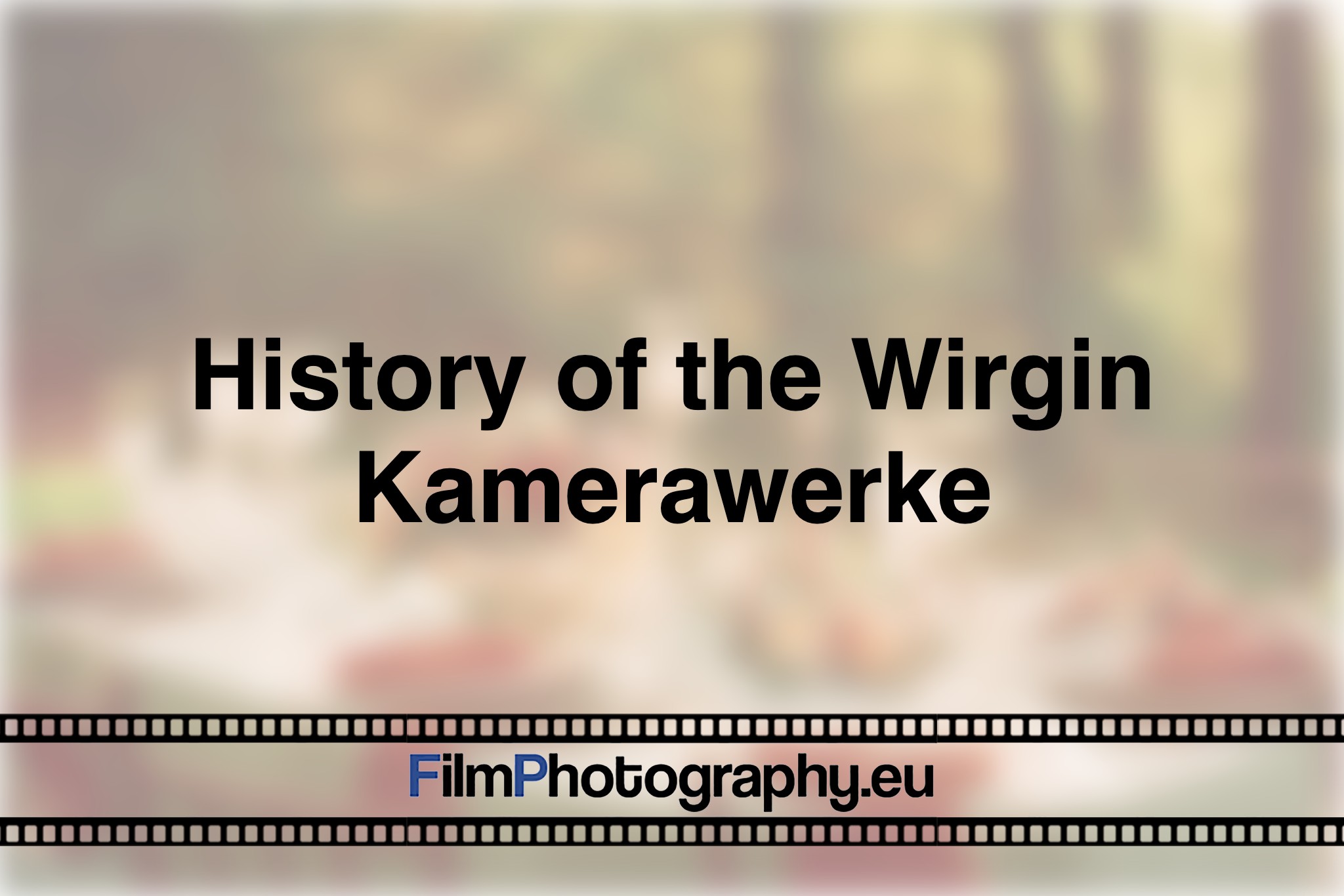What are the most important steps in the history of the camera company Wirgin from Wiesbaden, Germany?
In 1920 the Wirgin company was founded in Germany by the brothers Heinrich, Josef and Max Wirgin. They built running floor plate cameras and later also with the Gewirette a compact camera for 127 roll film. In the mid-1930s, the Edinex, a 35mm camera, which was also built as an Adrette for the Adox company, followed.
During the “Aryanization”, the company was confiscated by the German state in 1938 and integrated into the Dr. Schleußner Adox plants. The reason for this was the Jewish origin of the company founders. The three brothers were able to flee to the USA with help.
After the end of the war Heinrich Wirgin, who had meanwhile changed his name to Henry Wirgin, returned to Germany. The company was newly founded in Wiesbaden. The production of cameras was resumed. Max Wirgin remained in the United States and founded the Camera Specialty Company (Caspeco) in New York. The company sold various photo products and also imported cameras from Germany.
An administrative officer of the American occupation zone established the contact between Wirgin and Heinz Waaske. Heinz Waaske was born in 1924 in Berlin and did an apprenticeship as a precision mechanic. He was later in the Wehrmacht, suffered severe injuries and was taken prisoner of war. After the end of the war, he came into contact with camera technology at the Berlin company Krenzin and began constructing cameras. In 1948 he completed a prototype for a 16mm camera and sold the plans to the Americans.
At Wirgin Kamerawerke Heinz Waaske was also hired as a precision mechanic. He quickly rose to become head of the experimental workshop, designer and finally chief designer. As chief designer he developed the Edixa Reflex, a single lens reflex camera with automatic central shutter. It was the first camera of this kind from West Germany. Until Edixamat Reflex and Edixa-Electronica he was responsible for the Wirgin division.
During the development of the Edixa 16, a camera for Rollei’s 16mm film cartridges, he noticed customers’ demand for a compact camera with the largest possible film format. Thereupon he developed the smallest possible camera for the popular 35mm format. The prototype did not appeal to Henry Wirgin. In 1965 Heinz Waaske changed to his competitor Rollei and found an open ear for his design. The Rollei 35 was introduced in 1966, became a worldwide success and is still one of the most popular and iconic cameras of the German manufacturer.
In 1962, the Franka company was taken over from Bayreuth in Bavaria. Parts of the production of Edixa cameras were built there. In 1967 the Franka factories were closed and in 1968 the production in Wiesbaden. At the beginning of the 1970s, the complete production of cameras was stopped, the pressure and innovative power of the Japanese manufacturers was too great. Henry Wirgin died at the age of 90 in 1989 in Wiesbaden.
The brand name Edixa of the Wirgin company should actually be Edina. It was changed to Edixa following an appeal by Kodak AG on the ground of a likelihood of confusion with its trade name Retina. Most cameras were offered by Wirgin under this name. Later on, the brand was also used by other manufacturers.
A Japanese film camera was sold as Edixa 8mm. The Edixa 2 MTL SLR was developed and built by Cosina in Japan. The German lens manufacturers A. Schacht, Isco and Schneider-Kreuznach sold lenses with Edixa in their names. Many years later, simple 35 mm cameras and digital cameras from Asian production were also offered with the traditional brand.
